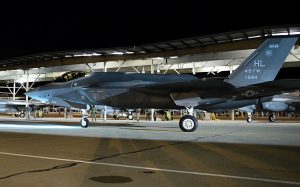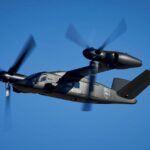
The F-35 program has a "handshake agreement" with Lockheed Martin [LMT] on a three-year sustainment contract for the company's F-35 Lightning II fighter--a contract that will come with incentives for the defense contractor to improve full mission capable (FMC) rates for the aircraft, the head of the F-35 Joint Program Office told the House Armed Services Committee (HASC) on July 13. The Government Accountability Office has said that the F-35 has an FMC rate of 54 percent–18 percent below the…














